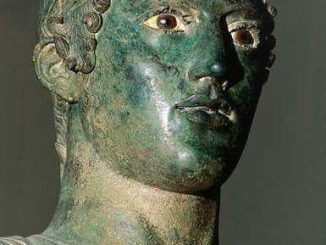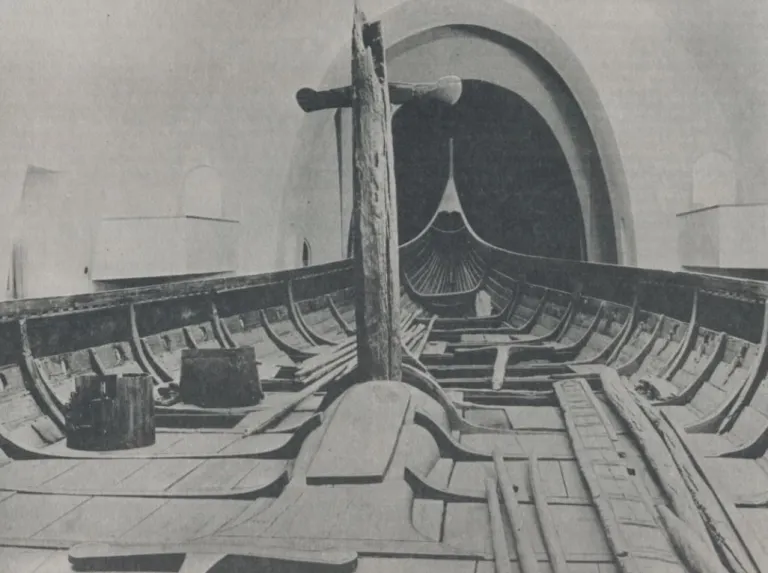
In 1904, a monumental discovery shook the archaeological world to its core—the excavation of the Oseberg Viking Ship in Norway. This remarkable find, dating back over a thousand years, shed light on the seafaring prowess and cultural sophistication of the Viking civilization. The Oseberg Ship, one of the most well-preserved and intricately decorated vessels of its kind, offered a rare glimpse into the lives and traditions of the Viking Age. In this blog post, we delve into the fascinating story behind the excavation of the Oseberg Viking Ship and the invaluable insights it has provided into Viking history and culture.
Uncovering the Oseberg Viking Ship
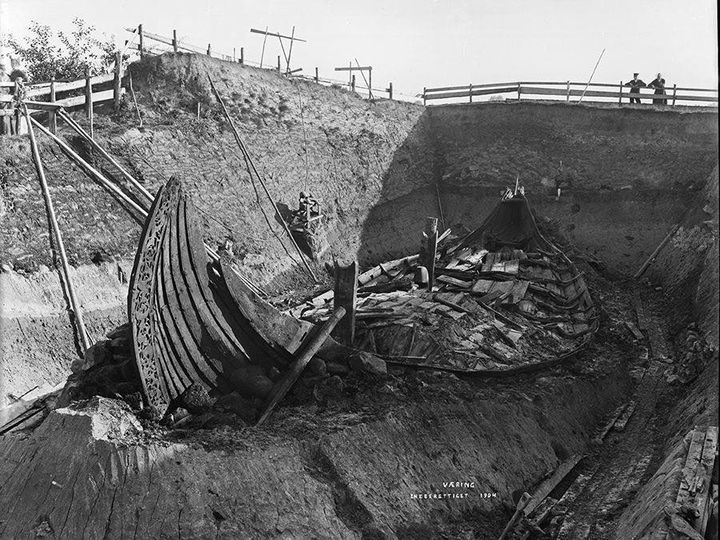
The Oseberg Viking Ship was unearthed in 1904 by Norwegian archaeologist Gabriel Gustafson and his team, during excavations near the Oseberg farm in Vestfold county, Norway. The ship, buried beneath a large burial mound, was remarkably well-preserved, thanks to the anaerobic conditions of the surrounding soil. Measuring over 21 meters in length, the Oseberg Ship boasted an elegant design adorned with intricate carvings and elaborate decorations, showcasing the craftsmanship and artistic skill of its creators. Alongside the ship, archaeologists discovered a wealth of artifacts, including tools, household items, textiles, and even the remains of two women, believed to be of high status.
Revelations from the Oseberg Excavation
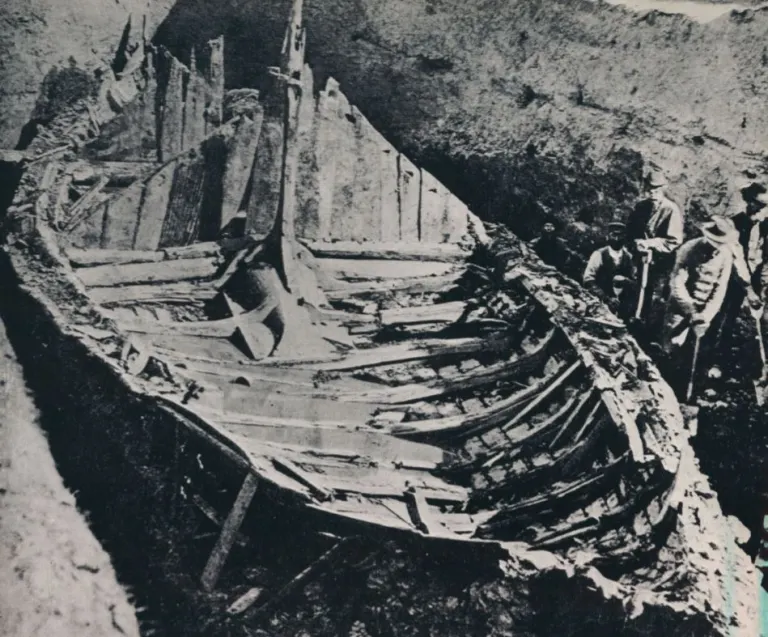
The excavation of the Oseberg Viking Ship provided archaeologists with invaluable insights into Viking society, customs, and beliefs. The presence of the two women buried within the ship raised intriguing questions about their identities and roles in Viking society. Some researchers speculate that they may have been powerful female leaders, priestesses, or members of the royal family, while others suggest they were sacrificed as part of a funerary ritual. The artifacts found aboard the ship, including intricately carved wooden sleds, household items, and a richly decorated wagon, offered clues about the daily life, trade networks, and artistic achievements of the Vikings.
Preservation and Legacy of the Oseberg Ship
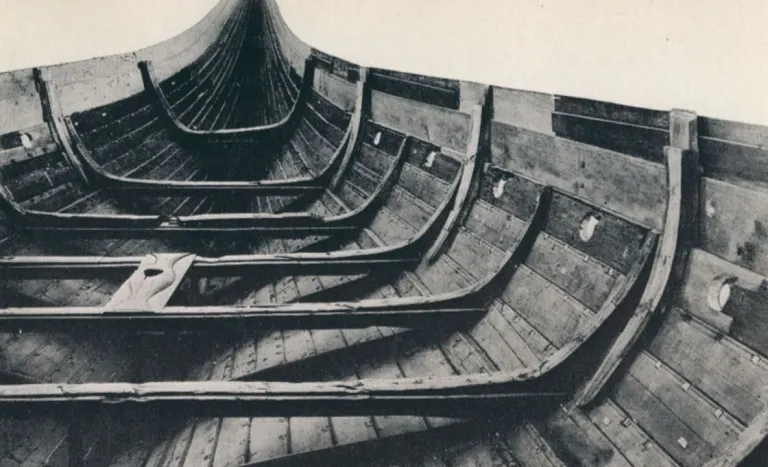
Following its excavation, the Oseberg Viking Ship was carefully dismantled and transported to the University Museum of Cultural Heritage in Oslo, where it underwent extensive conservation efforts to preserve its delicate wooden structure. Today, the Oseberg Ship remains one of the most iconic and well-preserved artifacts from the Viking Age, attracting visitors from around the world to marvel at its beauty and historical significance. Its discovery has inspired countless archaeological studies, exhibitions, and scholarly debates, deepening our understanding of Viking culture and its enduring legacy in the modern world.
A Glimpse into Viking History
In conclusion, the excavation of the Oseberg Viking Ship in 1904 marked a pivotal moment in the study of Viking history and archaeology. This extraordinary find provided a rare window into the world of the Vikings, offering tantalizing glimpses of their seafaring exploits, cultural achievements, and spiritual beliefs. As we continue to uncover and study the artifacts from the Oseberg burial site, we gain a deeper appreciation for the ingenuity, resilience, and cultural richness of this enigmatic civilization. Through ongoing archaeological research and preservation efforts, we can ensure that the legacy of the Oseberg Viking Ship continues to inspire and educate future generations about the fascinating world of the Vikings.
Exploring Further: Insights from Archaeology
The excavation of the Oseberg Viking Ship represents just one chapter in the ongoing story of archaeological exploration and discovery. As archaeologists continue to uncover new sites and artifacts from the Viking Age and beyond, they contribute to our collective understanding of human history and culture. By studying the material remains of past civilizations, archaeologists illuminate the complexities of ancient societies, from their technological innovations to their social structures and religious beliefs. Through their work, archaeologists bridge the gap between past and present, enriching our knowledge of the human experience and preserving our cultural heritage for generations to come.

